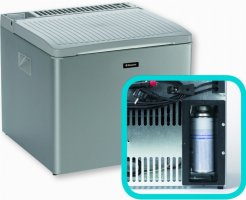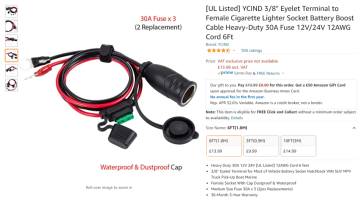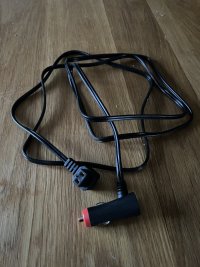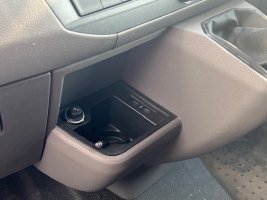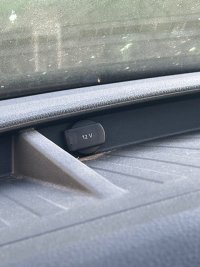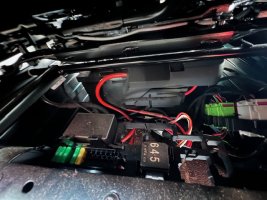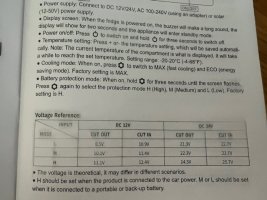20amp cable is 1.5mm². Not big enough for a lengthy run from the passenger to the tailgate area, probably 3 or 4 metres at least, for a fridge.
It's pretty standard for low amp 12v stuff, I'm using 1.5mm² for short runs, and 2mm² for my run to the boot area, (several metres long) and for a 5a LED it's perfectly fine. Sop the converters have done nothing wrong, pretty much everyone will use 1.5 or 2mm² cable for 12v sockets. But for a fridge, you need 4mm² minimum on a short run, have a 6m run and you'll need 8mm² or 10mm2.
So, your choices are:
1. Move the fridge closer to the battery and use a 12v socket with as short a run to the battery as possible
2. Install a dedicated fridge cable run, of 8mm2 cable, direct from battery (fused), with negative on the chassis close to where the fridge is. Then replace the cigarette lighter plug on the fridge wire with something beefier, like an Anderson plug.
3. Both the above!


www.t6forum.com


